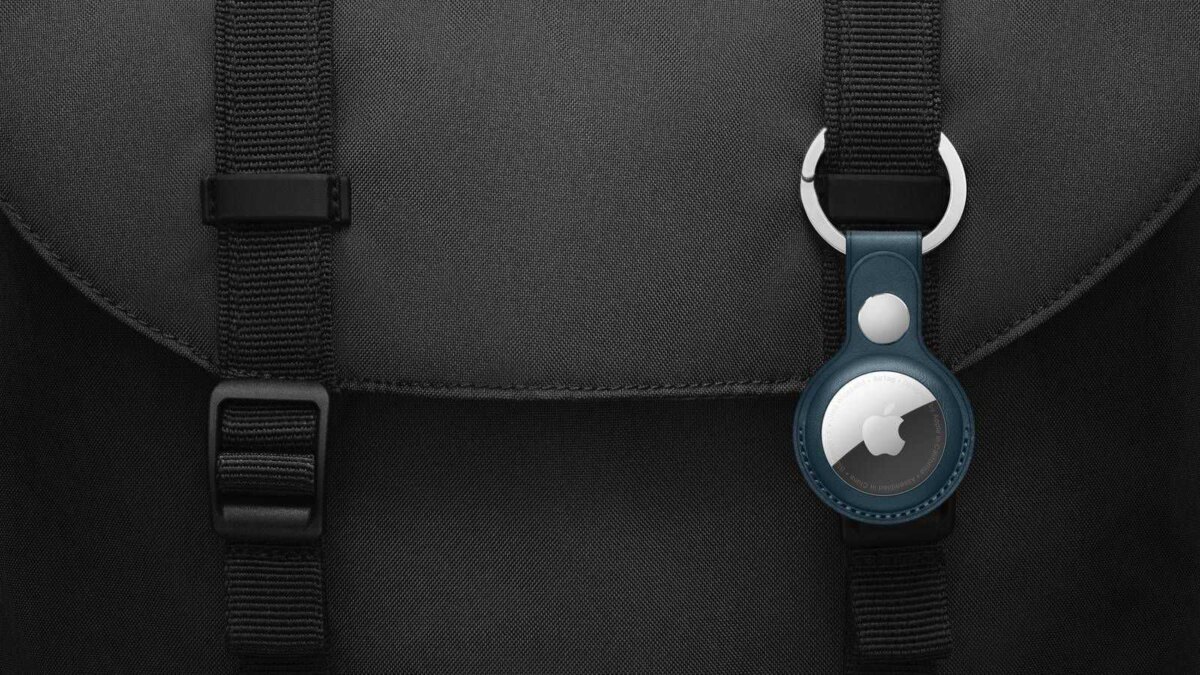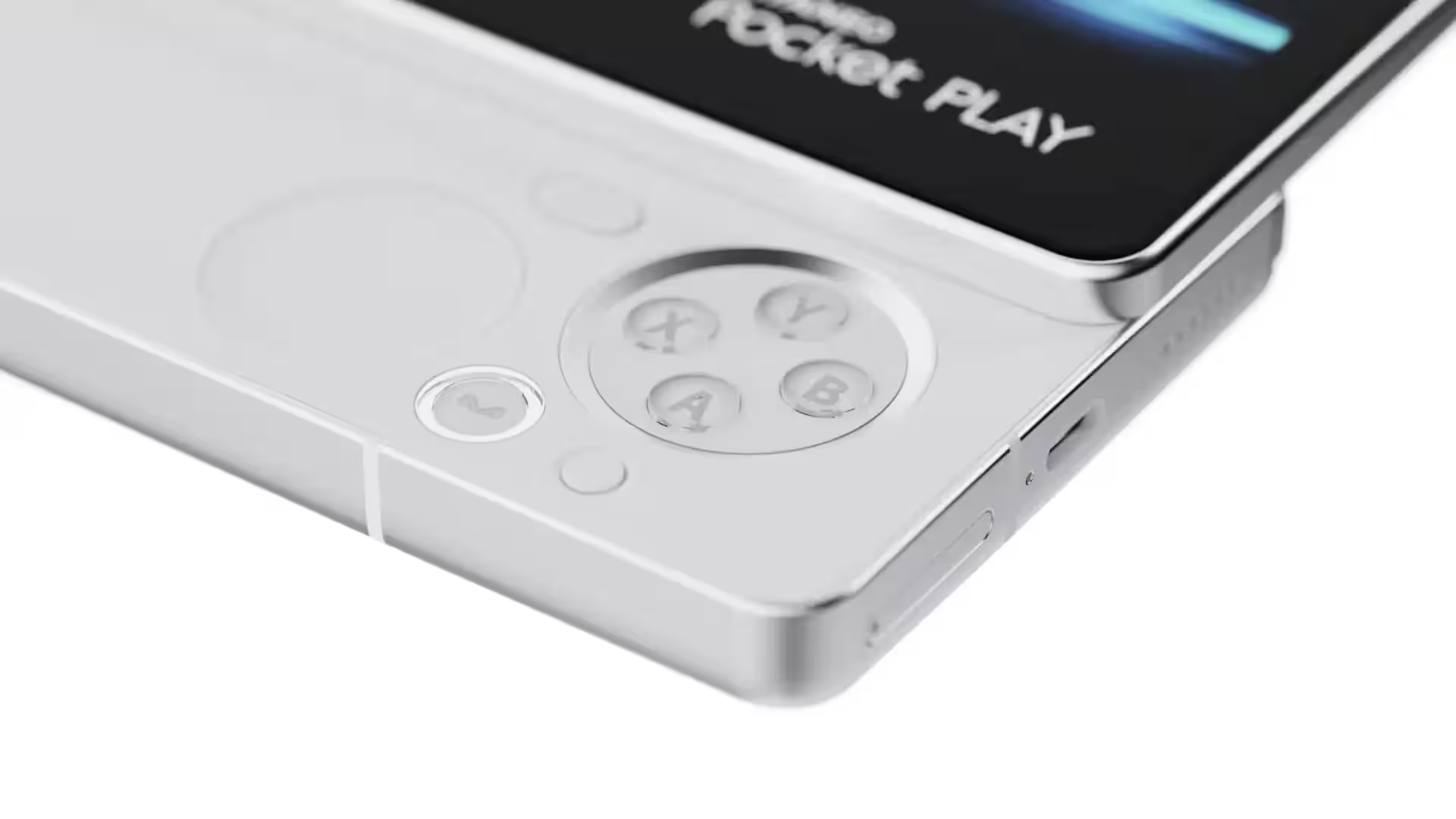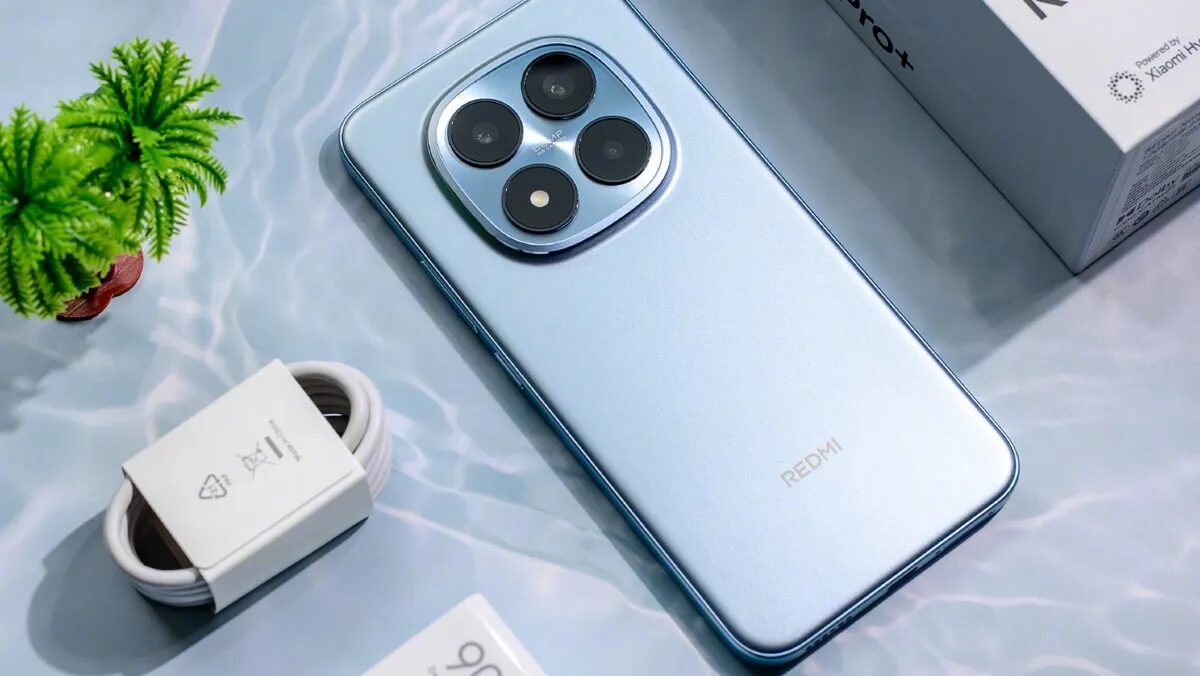Apple may drop USB-C in future iPhones – EU doesn’t object
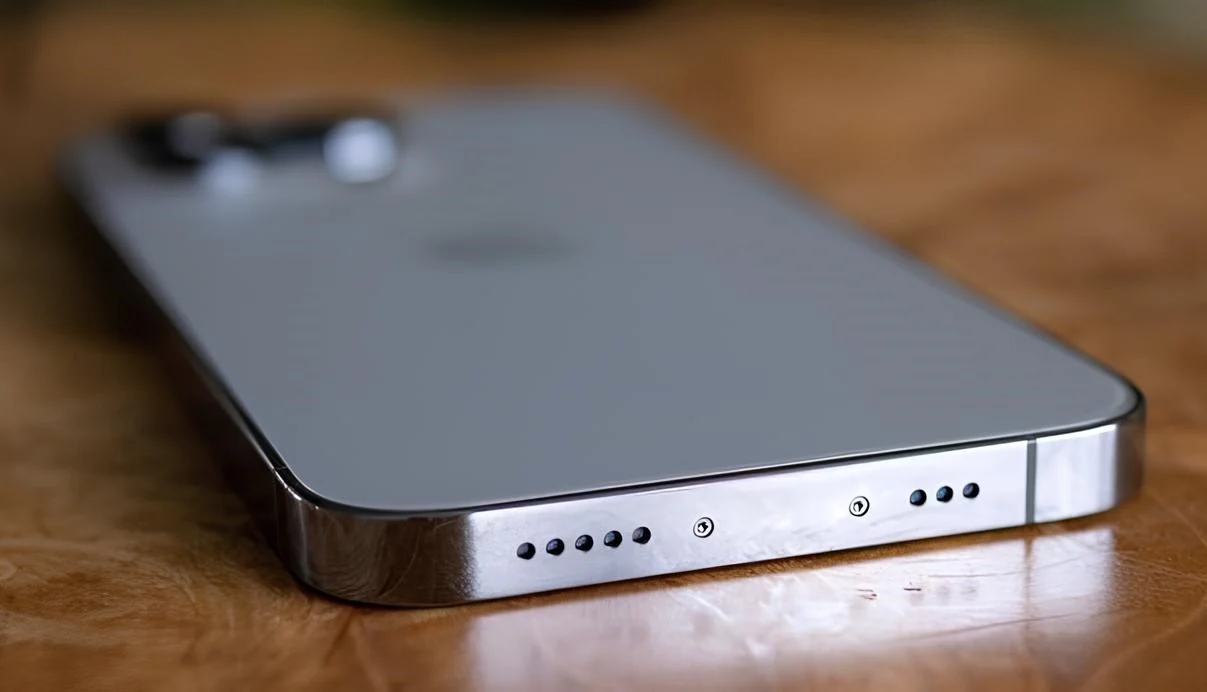
Apple’s move to USB-C in the iPhone may be temporary. The European Union has clarified that a fully wireless iPhone will meet its requirements, paving the way for the company to ditch the ports in the future.
Portless iPhone and the EU’s stance
.
According to Bloomberg, Apple considered making the iPhone 17 Air the first fully wireless device, but ultimately decided to keep USB-C due to regulatory uncertainty. However, European Commission spokeswoman Federica Miccoli confirmed that devices that charge exclusively wirelessly are not required to have a USB-C port.
The EU only requires USB-C for devices that support wireless charging. If the iPhone doesn’t feature wired charging, it won’t fall under these rules. This gives Apple the opportunity to develop the concept of a completely wireless smartphone that uses AirDrop for data transfer and MagSafe for charging.
All of this gives Apple the opportunity to develop the concept of a completely wireless smartphone that uses AirDrop for data transfer and MagSafe for charging.
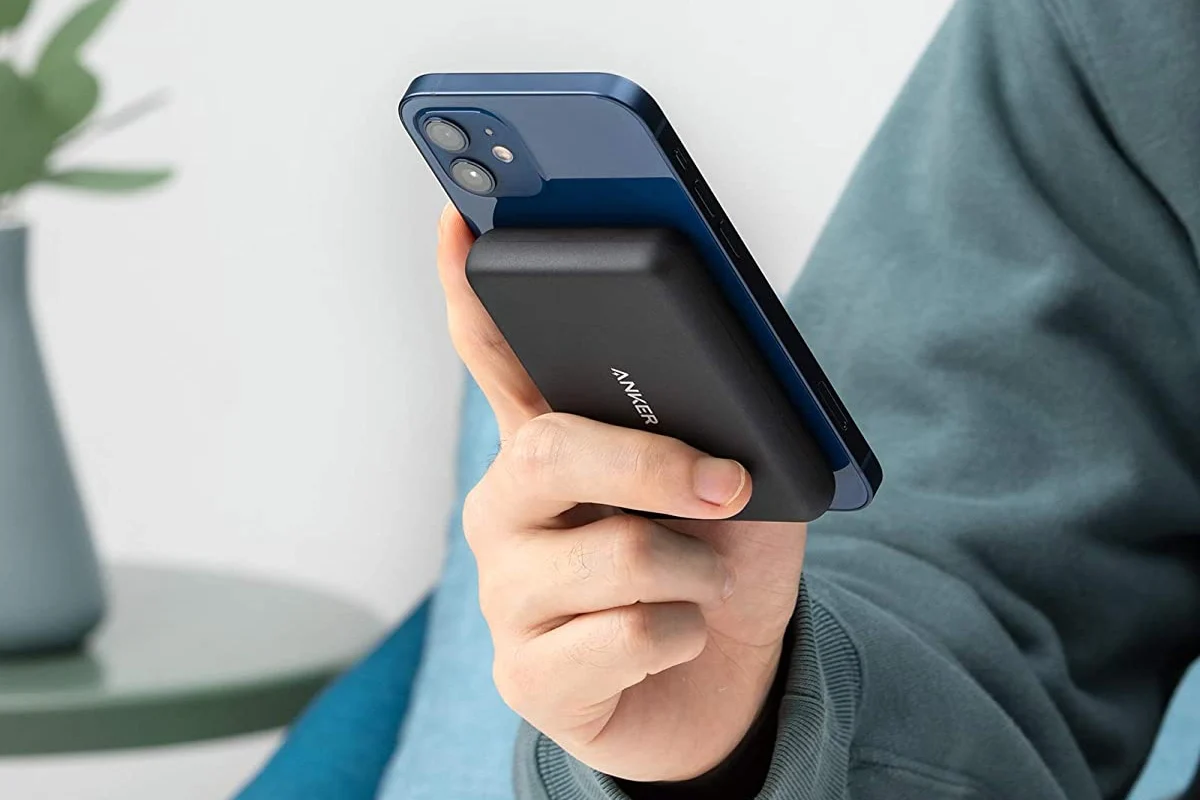
Qi2 as the new wireless charging standard
For the future, the EU is also looking to harmonize wireless charging technologies to avoid market fragmentation. One key step in this direction is the Qi2 standard from the Wireless Power Consortium. It is based on MagSafe technology, making it a potential universal standard for all manufacturers.
Although the iPhone 17 Air will probably still get USB-C, port abandonment in the future looks increasingly real. This could also affect the Android device market, where only a handful of manufacturers are actively introducing magnetic charging systems.
And it’s likely that the iPhone 17 Air will still get USB-C.
Challenges and prospects
.
Although some Android brands are already working on MagSafe analogs, many devices still don’t have built-in magnets. Some users prefer to remove cases while charging to reduce heat, but this can result in a loss of functionality. In addition, a large percentage of Android smartphones don’t support wireless charging at all.
Apple’s move to portless design in the future could accelerate the development of wireless technology in the Android industry as well, making it more convenient and mainstream.


